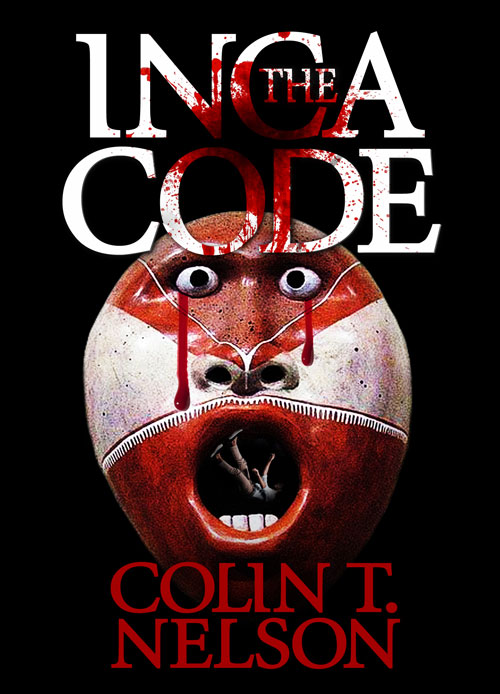 For years, police and forensic experts relied on cameras to record crime scenes. Now, there’s new technology for crime scenes investigation. I’ve seen it work—it’s exciting. The gadget is called a Panoscan camera. A regular film camera or your smart phone can pan a scene. But that remains in two-dimension. The new Panoscan camera develops a 360 degree recording.
For years, police and forensic experts relied on cameras to record crime scenes. Now, there’s new technology for crime scenes investigation. I’ve seen it work—it’s exciting. The gadget is called a Panoscan camera. A regular film camera or your smart phone can pan a scene. But that remains in two-dimension. The new Panoscan camera develops a 360 degree recording.
While researching my book, The Amygdala Hijack, I worked with an expert in the Sheriff’s Crime Lab in Minneapolis. Deputy Sheriff Kurt Huver showed me how the camera created a new technology for crime scenes.
It’s not much larger than the old 35mm cameras. But unlike those, the Panoscan has three sensor lines that record constantly. The camera rotates through 360 degrees to produce a spherical image within a minute. They show a sharp image and can record at high speeds. A computer handles the panning operation once the tech sets up the camera. And it only costs about $80,000.
So, what does a crime scene look like now?
I watched over the shoulder of Deputy Huver as he toggled through a recently recorded case. He linked the camera to his laptop and used a joystick to run the program. When he started the digital film, it looked like a normal camera. I “walked” into the room where the body had been found on the floor. Like a regular video, we went straight ahead without seeing the walls on either side. Then, Mr. Huver started to have fun.
Using the joystick, he swerved left and right. Seamlessly, the camera took my eye along one wall, then over to the other one. The images were sharp and the details I could see amazed me. He pointed the stick to the floor, back into a far corner where floor and wall came together. He zoomed into the closest shots of a gun. Deputy Huver flew up to the ceiling and I saw every aspect of the hanging light. Suddenly, the camera swung behind my head and I got a view of the wall above the door I’d just come through. Here’s a YouTube demonstration of the technology for crimes scenes: https://www.youtube.com/watch?v=AtXT5erEQq0.
It’s an incredible tool. You feel like you are actually standing in the room, rotating your own head and eyes.
The value to forensic experts is that a complete, detailed, and sharp image is preserved. Colors are excellent. Experts can go back, months later, and review the scene as many times as they want. In my book, The Amygdala Hijack, I use the new technology of crime scenes to introduce a critical clue that solves the mystery of an inexplicable murder.
Most local crime labs offer tours to the public. Maybe they could show you the camera and a film. Or, check out my book—the next best thing to actually seeing it work!






